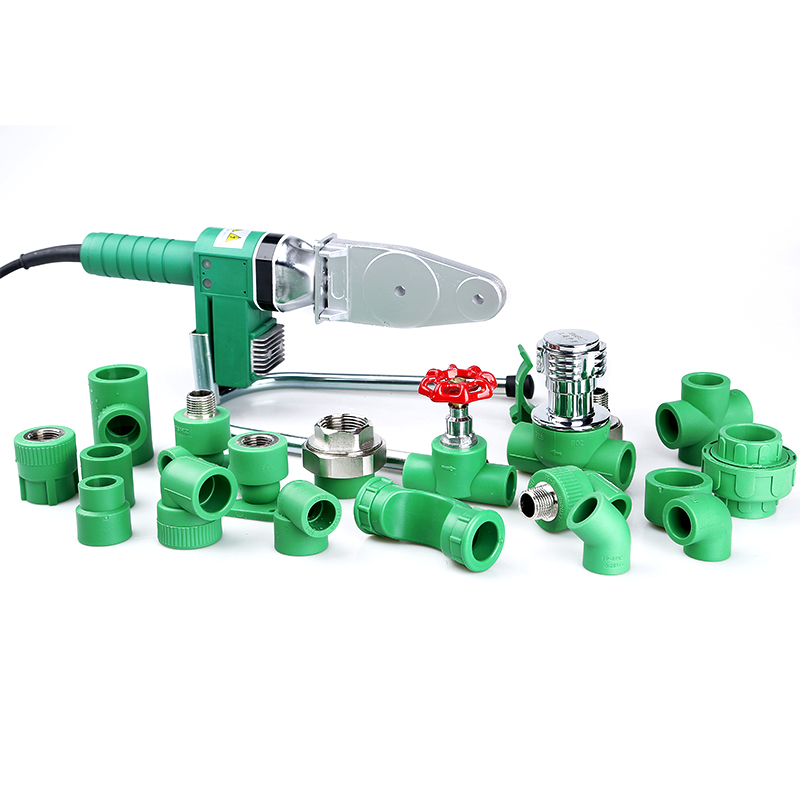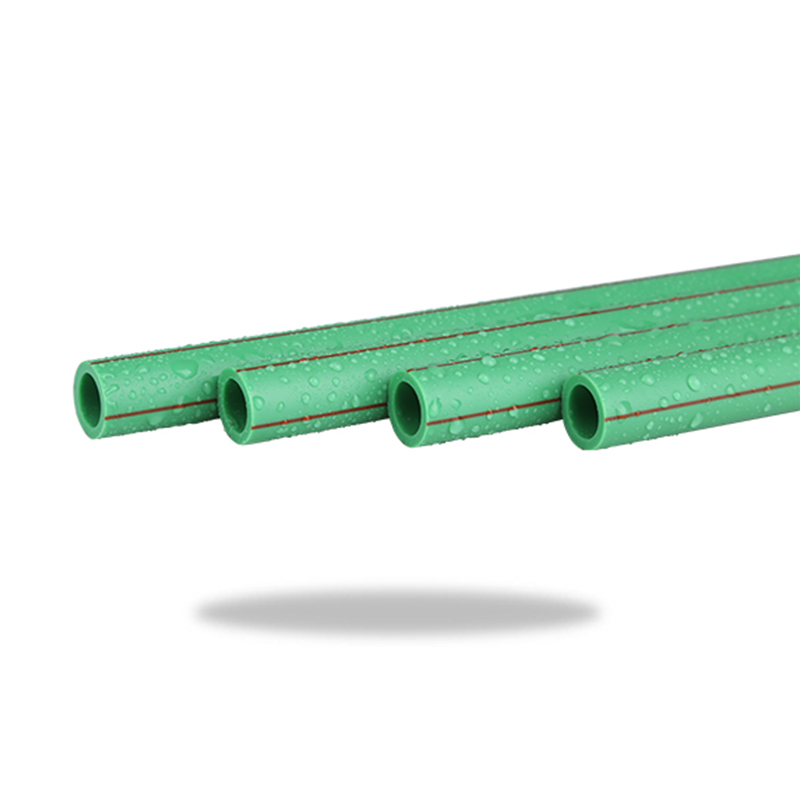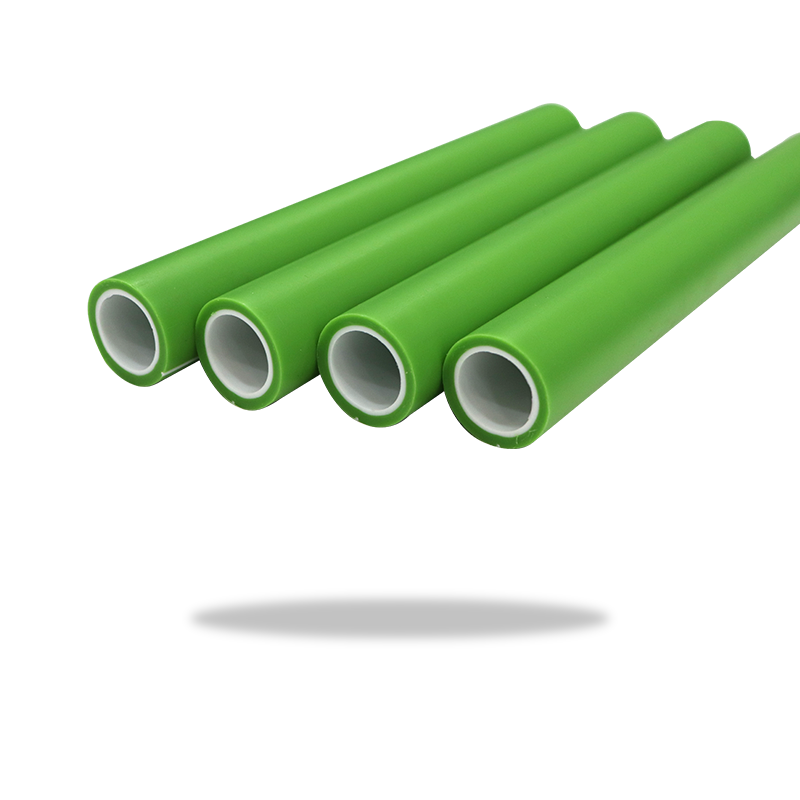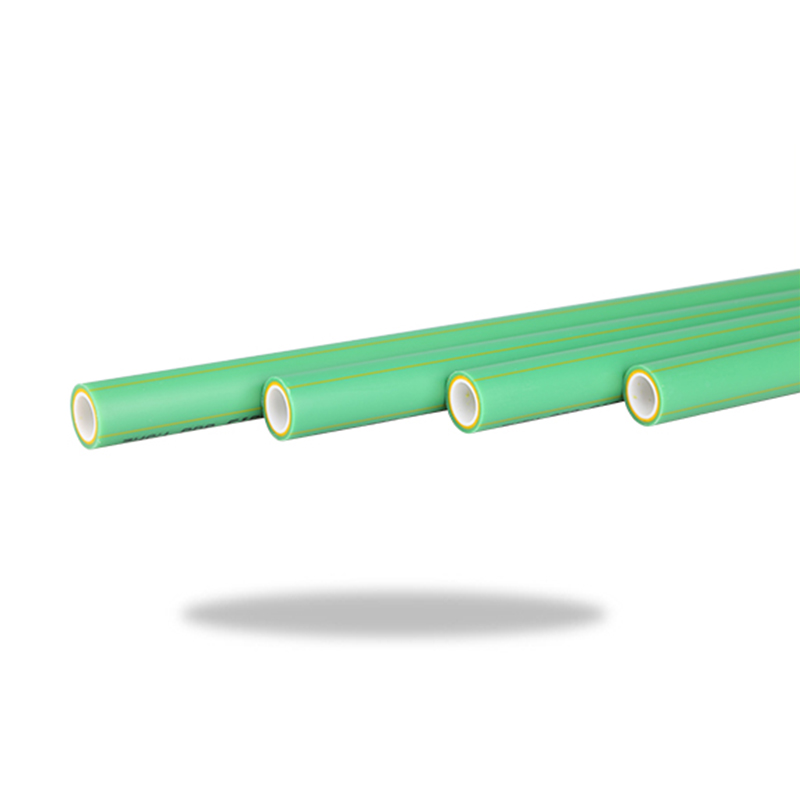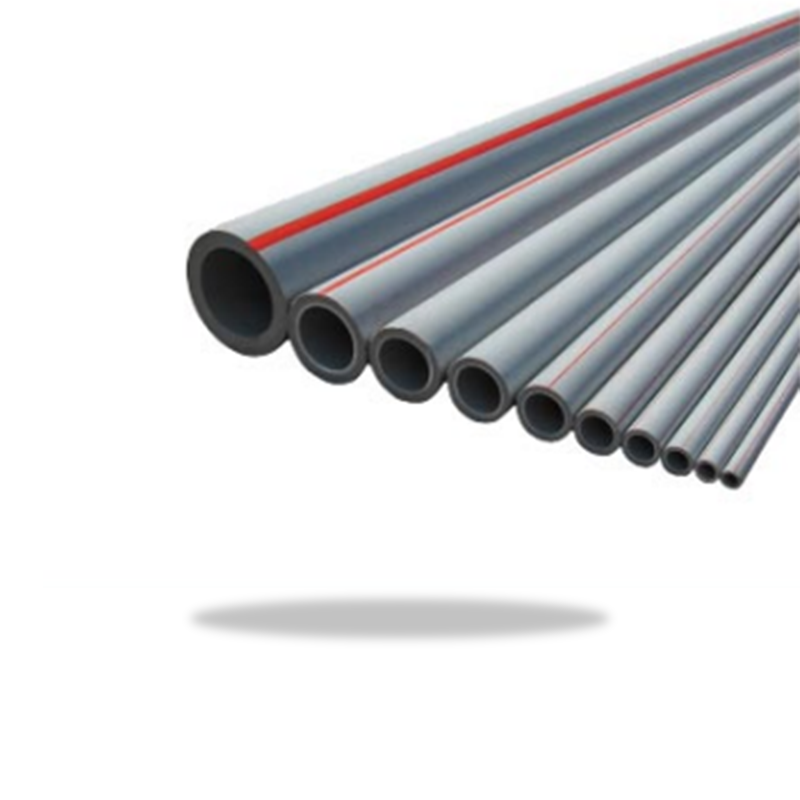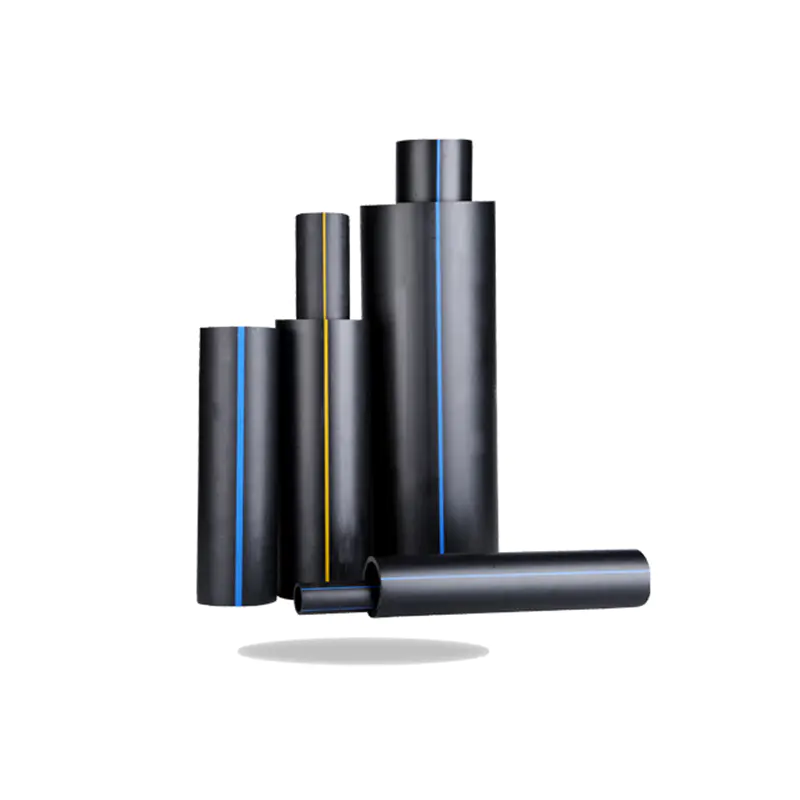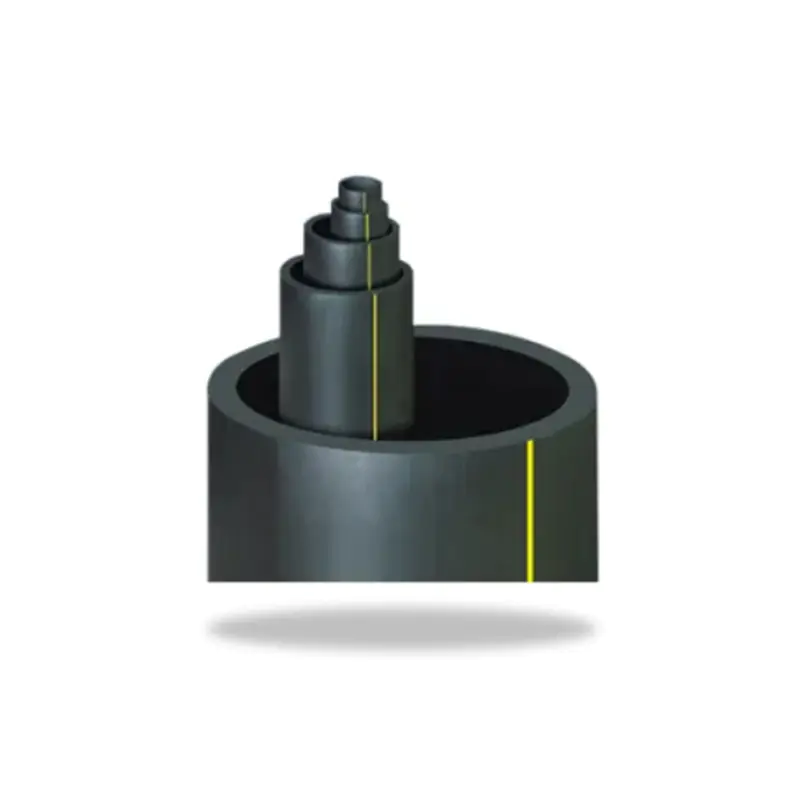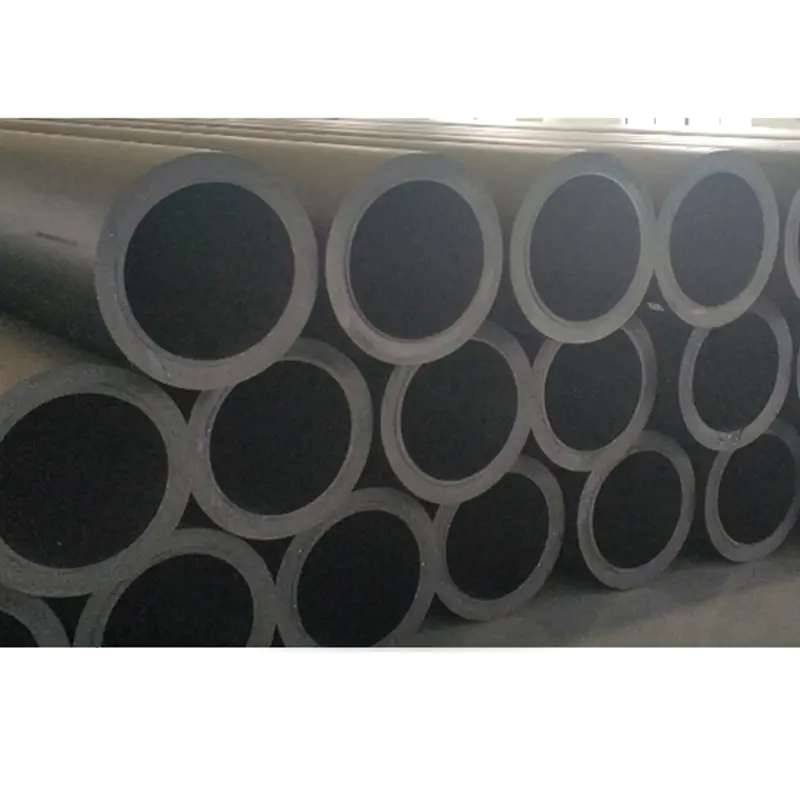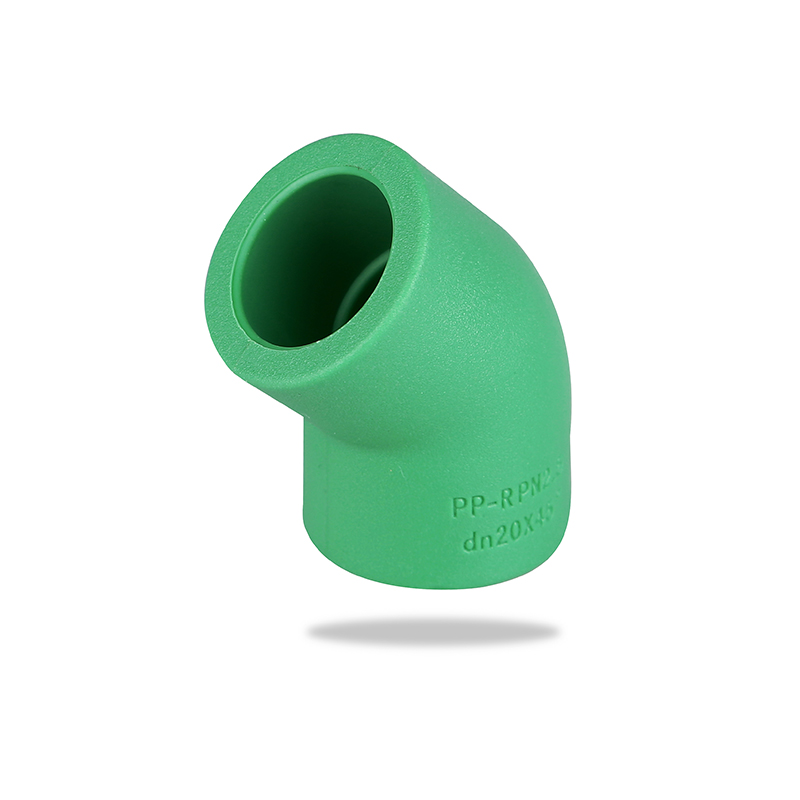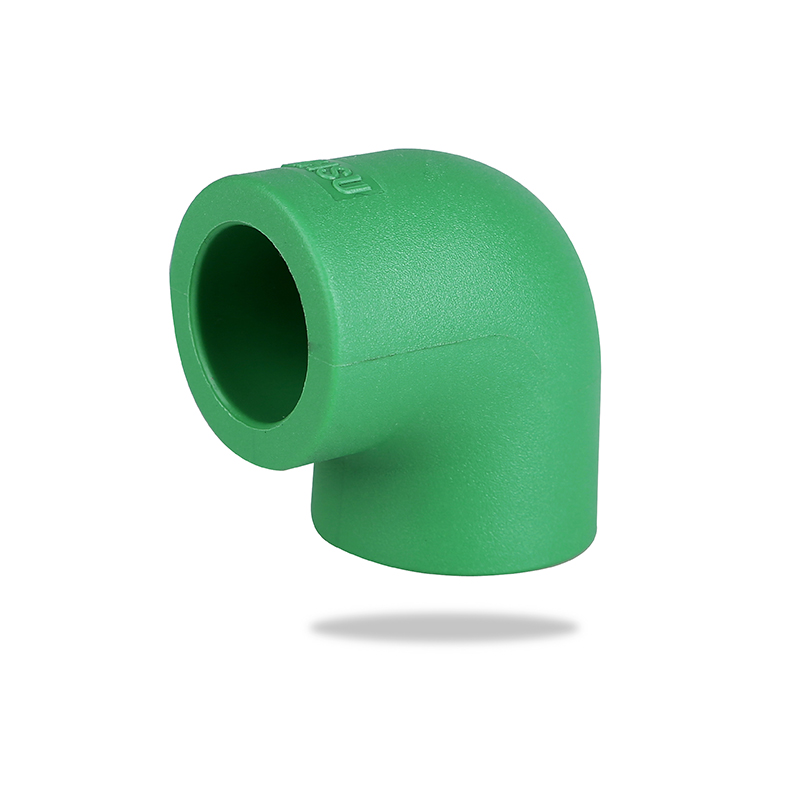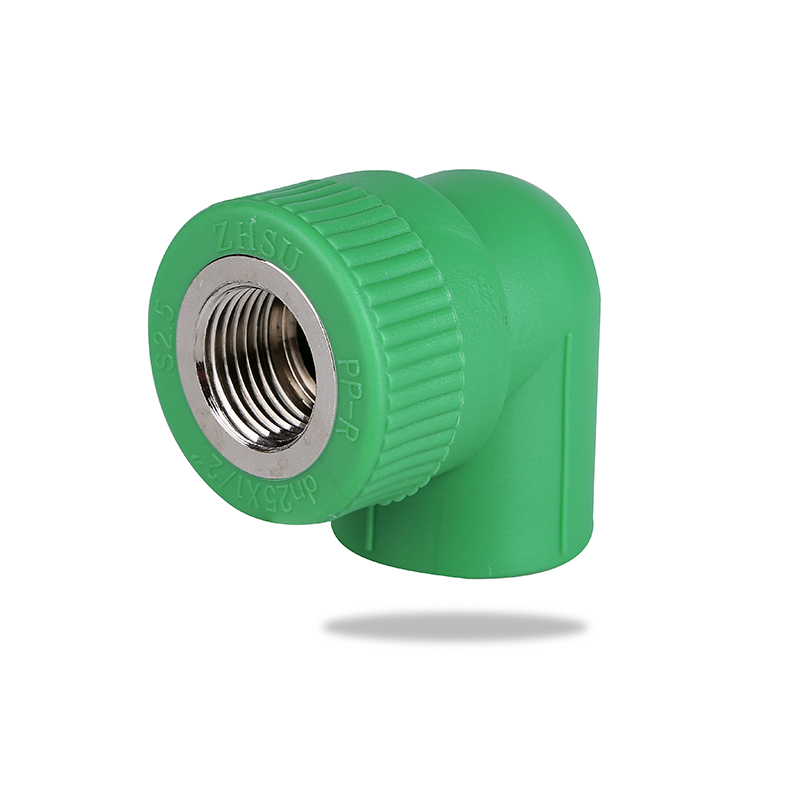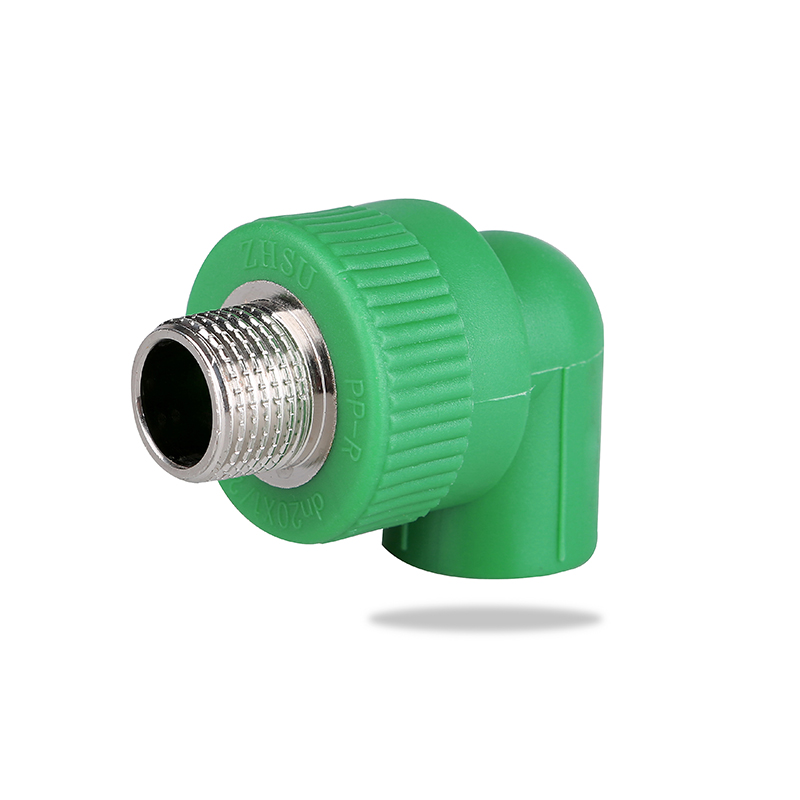PPR caps are essential components in modern plumbing systems, widely used to seal the ends of PPR pipes in hot and cold water installations. One of the key advantages of PPR plumbing materials is their ability to withstand high temperatures, making them suitable for a variety of residential, commercial, and industrial applications. This article provides a detailed, point-by-point analysis of whether PPR caps are resistant to high temperatures and explores the science, performance, standards, and practical considerations behind their thermal durability.
1. What Is a PPR Cap?
A PPR cap is a type of end closure fitting made from polypropylene random copolymer. It is designed to be permanently fused (using heat welding) onto the end of a PPR pipe to seal it off. PPR caps come in various sizes and pressure ratings and are commonly used in water supply systems, heating systems, and solar water heating installations. Their seamless fusion with PPR pipes ensures leak-free, durable connections.
2. Composition of PPR Material
PPR is a thermoplastic polymer made from propylene monomers with a random arrangement of ethylene units. This molecular structure gives PPR excellent mechanical strength, chemical resistance, and crucially, high thermal resistance compared to other plastic piping materials like PVC or HDPE. The random copolymerization enhances flexibility and long-term stability under heat and pressure.
3. Maximum Operating Temperature of PPR Caps
PPR caps can typically withstand continuous operating temperatures of up to 70°C (158°F). This makes them ideal for hot water systems, including domestic hot water supply and radiant floor heating. Short-term exposure to higher temperatures—up to 95°C (203°F)—is also possible without deformation or failure, especially under low-pressure conditions.
This high-temperature tolerance is one of the main reasons PPR systems are preferred over traditional materials like copper or PVC in modern plumbing.
4. Long-Term Thermal Stability
PPR caps maintain their structural integrity over time, even under constant exposure to hot water. According to international standards (such as ISO 15874 and DIN 8077/8078), PPR components are tested for 1,000 hours at 110°C to simulate long-term performance. PPR caps and pipes are designed to last up to 50 years under normal operating conditions (70°C at 10 bar pressure), demonstrating exceptional thermal durability.
5. Performance Under Pressure and Heat
Temperature resistance is not just about heat—it’s also about how the material performs under combined heat and pressure. PPR caps are rated for different pressure classes (e.g., PN10, PN16, PN20), which indicate their ability to handle internal pressure at elevated temperatures. For example:
At 20°C: PN20 PPR cap can handle 20 bar pressure
At 70°C: The same cap can handle 10 bar
At 95°C: Pressure capacity drops to around 6 bar
This gradual reduction in pressure rating with increasing temperature is normal and factored into system design.
6. Comparison with Other Plastic Materials
Compared to other common plumbing plastics, PPR has superior heat resistance:
PVC (Polyvinyl Chloride): Softens at around 60°C – not suitable for hot water
HDPE (High-Density Polyethylene): Max operating temperature ~60°C
PEX (Cross-linked Polyethylene): Handles up to 95°C but requires special fittings
PPR: Performs reliably at 70–95°C with fused joints
This makes PPR caps more suitable for high-temperature applications than PVC or HDPE caps.
7. Heat Fusion Connection Enhances Thermal Resistance
One of the biggest advantages of PPR caps is that they are joined to pipes using heat fusion (socket welding). This creates a seamless, monolithic connection that is as strong as the pipe itself. Unlike mechanical fittings (screws or rubber seals), fused joints do not degrade or leak under thermal expansion and contraction, ensuring long-term reliability even with frequent temperature changes.
8. Resistance to Thermal Expansion and Contraction
PPR has a relatively low coefficient of thermal expansion compared to other plastics. This means PPR caps and pipes expand and contract less when heated or cooled, reducing stress on the system. Proper installation with expansion loops or supports further minimizes the risk of damage due to temperature fluctuations.
9. Fire and Flame Resistance
While PPR is a plastic and will melt under extreme heat (melting point around 160°C), it is self-extinguishing and does not support combustion. It has a high ignition temperature and emits low smoke and toxicity when burned, meeting fire safety standards in many countries. However, PPR caps are not designed for use in fire sprinkler systems or exposed to open flames.
10. Suitable for Solar Water Heating Systems
PPR caps are commonly used in solar water heating installations, where water temperatures can regularly reach 70–90°C. Their ability to endure prolonged exposure to hot water without degrading makes them a reliable choice for such renewable energy applications.
11. Limitations at Extremely High Temperatures
Although PPR caps are highly heat-resistant, they are not suitable for steam systems or superheated water. Exposure to temperatures above 100°C (e.g., boiling water or steam) can cause deformation, softening, or joint failure. For such applications, metal piping (like copper or stainless steel) is recommended.
12. Color and UV Resistance
Most PPR caps are white, gray, or green. While the base material is stable under heat, PPR is not UV-resistant. Prolonged exposure to direct sunlight can cause the material to degrade, become brittle, and lose strength—even at normal temperatures. Therefore, PPR caps should not be used in outdoor, uncovered installations unless protected by insulation or conduit.
13. Chemical Resistance at High Temperatures
PPR caps maintain excellent resistance to acids, alkalis, and salts even at elevated temperatures. This makes them ideal for use in industrial or commercial buildings where water quality may vary. However, they should not be exposed to strong oxidizing agents or hydrocarbons at high heat.
14. Installation Best Practices for High-Temp Applications
To ensure maximum thermal performance:
Use proper heat fusion tools with calibrated temperature (typically 260°C)
Clean and cut pipes square before joining
Insert the pipe fully into the cap within 5–8 seconds after heating
Allow sufficient cooling time (no less than 1–2 hours) before pressurizing
Improper installation can compromise the joint’s ability to withstand high temperatures.
15. Standards and Certifications
PPR caps must meet international quality and safety standards to ensure thermal reliability:
ISO 15874: Specifies requirements for PPR piping systems
DIN 8077/8078: German standards for thermoplastic pipes and fittings
GB/T 18742: Chinese national standard for PPR pipes and fittings
WRAS (UK) and NSF (USA): Certifications for drinking water safety
These standards include rigorous testing for long-term hydrostatic strength at high temperatures.
16. Real-World Applications Prove Heat Resistance
PPR caps are widely used in:
Residential hot water systems
Hotel and hospital plumbing
Underfloor heating networks
Greenhouse irrigation (with warm water)
Industrial process cooling lines
Their consistent performance in these high-temperature environments confirms their thermal reliability.
17. Maintenance and Lifespan
PPR caps require no maintenance and are virtually immune to corrosion, scaling, or electrolysis—common issues with metal fittings. Their lifespan exceeds 50 years under normal hot water conditions, making them a cost-effective, long-term solution.
18. Cost-Effectiveness for High-Temp Use
Compared to metal alternatives, PPR caps are lightweight, easy to install, and significantly cheaper. Their thermal resistance combined with low labor costs makes them an economical choice for hot water sealing applications.
19. Environmental and Health Safety
PPR is non-toxic, odorless, and safe for potable water systems. It does not leach harmful substances, even at high temperatures, and is recyclable, making it an environmentally friendly option.
PPR caps are highly resistant to high temperatures, capable of withstanding continuous use at 70°C and short-term exposure up to 95°C. Their molecular structure, fusion joints, pressure ratings, and compliance with international standards make them one of the most reliable plastic end caps for hot water systems. While they are not suitable for steam or outdoor UV exposure, they outperform many other plastic materials in thermal stability and durability. For residential, commercial, and industrial plumbing where heat resistance is critical, PPR caps are a safe, efficient, and long-lasting choice.
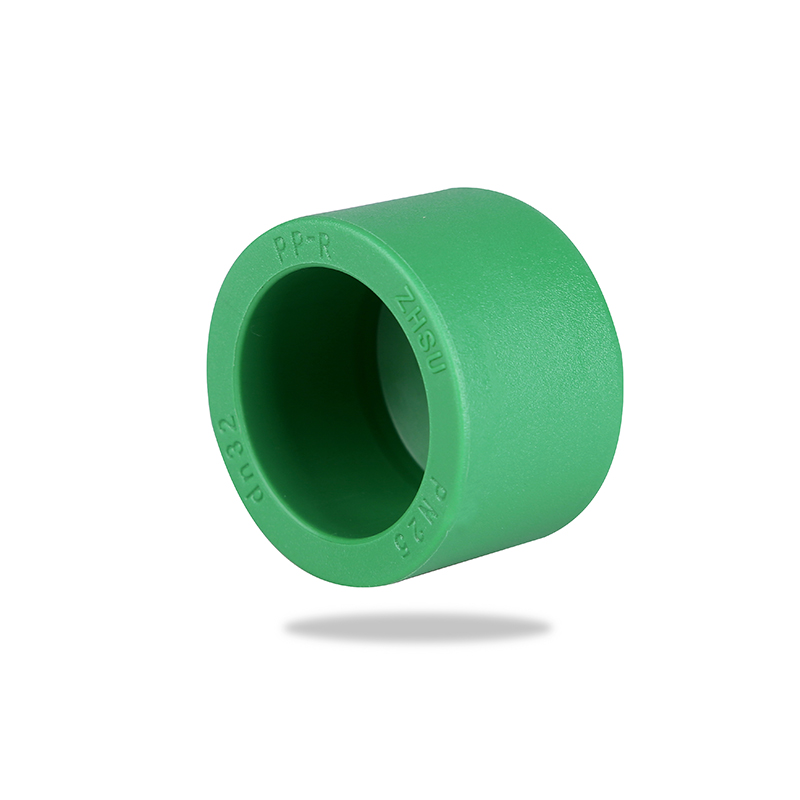

 简体中文
简体中文 English
English русский
русский Español
Español Français
Français عربى
عربى Português
Português 日本語
日本語 italiano
italiano Nederlands
Nederlands Polskie
Polskie
